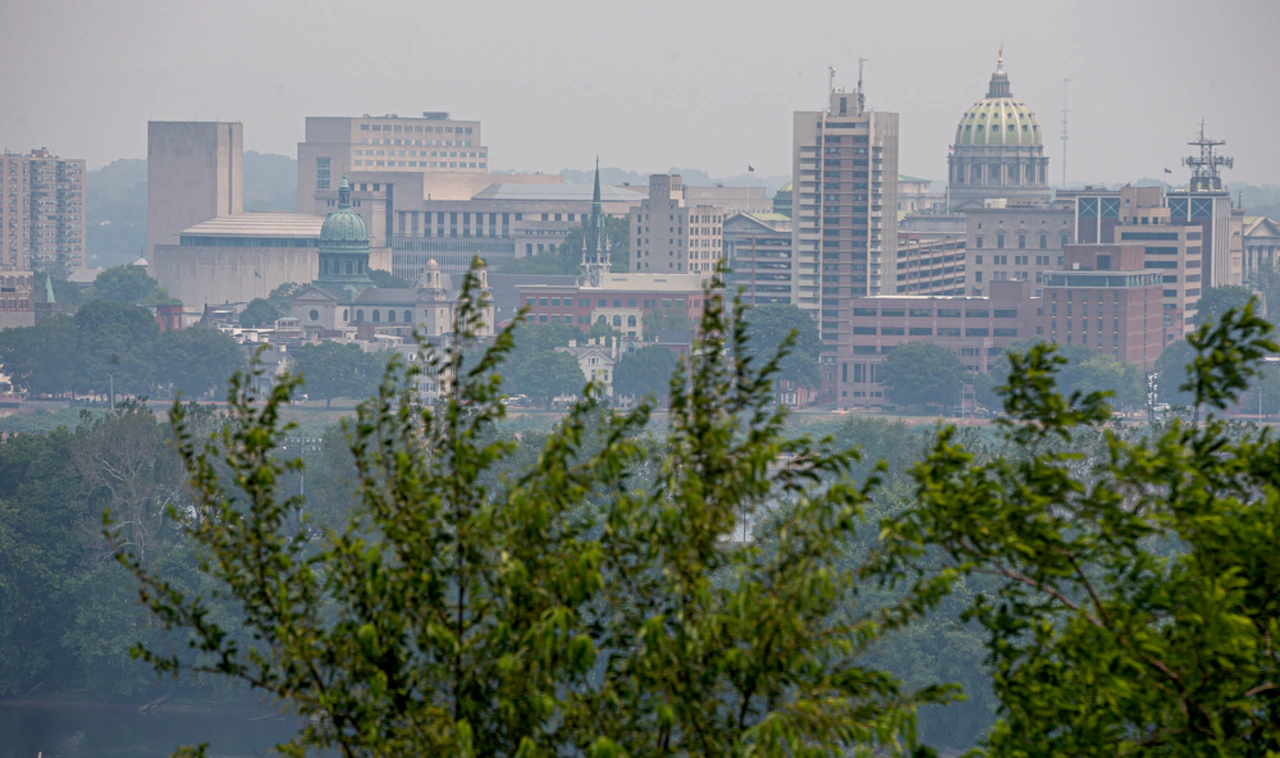
There’s a quiet but powerful transformation underway right here in the heart of the Commonwealth. With billions upon billions of dollars pouring into data infrastructure, Harrisburg is emerging as a serious contender in the race to become America’s next great tech hub.
As this transformation unfolds, architects must be recognized not as supporting players, but as central figures in shaping the region’s future. Architects are trained to think holistically about how space, systems, and people interact — and that kind of integrated thinking is exactly what this moment demands. Their expertise will be essential in planning and designing the infrastructure that supports this new tech-driven economy — from the data centers themselves to the neighborhoods, transit systems, and public spaces that surround them.
Driving this momentum is the $15 billion Pennsylvania Digital I (PAX-1) project, a hyperscale data center campus spanning 700 acres in nearby Carlisle. This development will deliver up to 1.8 gigawatts of capacity and create more than 10,000 construction jobs, along with 1,000 permanent positions. It’s a transformative investment that will reshape the region’s economy — and it requires a built environment that can keep pace with that growth.
So why Harrisburg? Why now?
The answer lies in the area’s growing ecosystem of tech-focused talent. Harrisburg University of Science and Technology has become a magnet for bright, tech-focused students from across the country, earning a reputation for excellence in cybersecurity, information systems, and engineering.
The university is creating a direct pipeline of talent for the tech sector, and its programs are preparing students for the jobs of tomorrow while anchoring them in a city that’s ready to grow with them, along with surrounding towns like Carlisle, Mechanicsburg, and Camp Hill. They are already planting roots here, and many more are sure to follow.
Our new neighbors will be looking for thoughtfully designed homes, creative workspaces, cultural venues, public infrastructure, and intentional green spaces. They’ll bring with them new ideas and expectations for how a community should look, feel, and function. Architects will be the translators of those expectations — turning vision into reality, and ensuring that growth is meaningful.
This is a rare moment — perhaps a once-in-a-lifetime opportunity — to reimagine the built environment of an entire region. Architects are equipped to lead this charge and must be at the table from the earliest stages of planning, not brought in after decisions have been made. Their input can help avoid costly mistakes, maximize land use, and ensure that new development enhances — rather than disrupts — existing communities.
One of the most immediate opportunities lies in downtown Harrisburg itself. With remote work reshaping office demand, many commercial buildings now sit underutilized or vacant.
Architects can lead the way in converting these spaces into residential units for local students and workers, and anyone who calls the area home.
Office-to-residential conversions are cost-effective, sustainable, and fast to implement. They allow the city to retain its architectural character while adapting to new economic realities. This kind of adaptive reuse is exactly where architectural leadership shines.
AIA Pennsylvania has a rich network of talented member-architects, some of whom are already working to revitalize Harrisburg’s business-focused downtown, preserve historic charm, and create a new sense of community. Our members are ready to partner with developers, planners, and policymakers to meet this moment. They are uniquely positioned to help envision and create the kind of city we want to become and will design the spaces that define our next chapter — places to live, work, gather, and grow.
Together, we have a chance to build something extraordinary, where design is not an afterthought but a driving force in fueling innovation.
Harrisburg is ready. The investment is here. The talent is here. And architects are ready to help shape what comes next.